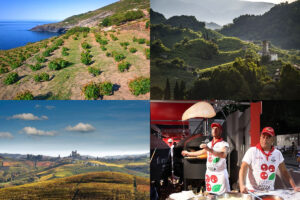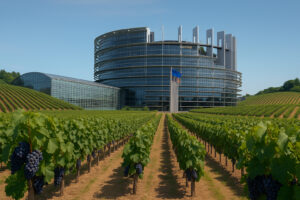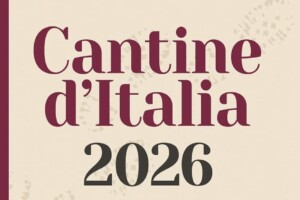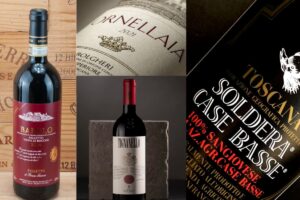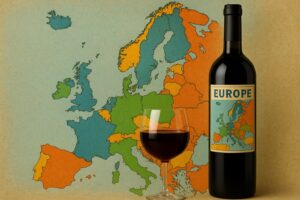Agea, the agency for dispensing funds for agriculture, has funded 161 projects for a total expenditure (public cooperation plus private intervention) of 87.5 million euros for the 2010-2011 marketing campaign. The public institution committed this amount today during the conference at Vinitaly “Italian wine abroad: promotion programs for consolidation and development of the business”.
The commitment is clearly directed towards marketing and Italy will have, from now until the expiration date of the current CMO, another 104 million Euros to spend, compared with 75 for France and 40 for Spain, to name only the most directly competitive countries. Additional resources from the CMO were distributed mainly for restructuring vineyards (10) and crisis distillation (42).
The Agea projects for marketing Italian wine to third countries already under way are concentrated in the United States (109), Canada (43), China (35), Russia and Switzerland (30), Japan (28), Brazil (24), Korea and Asia (7), Mexico (5), Hong Kong and India (4), Norway (3), Latin America, Ghana, Australia and Ukraine (2), California, Serbia, Taiwan and Albania (1 each).
The regions that have benefited most are: Tuscany (24 projects approved and funded), Piedmont (23), Sicily (18), Umbria (16), Veneto and Abruzzo (14). Next year, Agea says, the share of resources provided directly by the EU will be 82 million euros (plus 50% of private co-financing): a conspicuous sum of money that should be spent well and
courageously by creating effective and reliable plans and projects.
Focus – The “schedule” for marketing projects
There are many funds for marketing Italian wine to third countries for 2011-2012: CMO has made 82.380 million euros available for wine. Agea will distribute the funds according to the announcement that the Ministry of Agriculture is about to publish, and which, if fully spent, will represent a total investment of over 160 million euros, because the regulation provides for 50% private co-financing for each project.
And here’s the “schedule” for presenting projects:
- within June 10, 2011 all operators (individual producers, groups and groupings of companies) must submit their projects to the Agea agency, to Mipaaf (Ministry of Agricultural, Food and Forestry Policies) or to the appropriate Italian Regional offices;
- within July 20, 2011 Mipaaf or the Regions will communicate the results of each project after which Agea will notify approval and the draft of the contract;
- by September 20, 2011 holders of approved projects must present surety bonds for performance to Agea (15% of total public funding) and sign the contract;
- within 10 October Agea will stipulate the contract and notify the project proposer;
- within 30 days after the stipulation the deposit guarantee (equal to 120% of the yearly public financing) and the application for the advance are to be submitted to Agea;
- 30 days before the beginning of each quarter the calendar of activities for the project must be presented;
- within one month following the end of each quarter, the quarterly reports must be submitted;
- August 30, 2012 is the expiry date for those who did not request an advance;
- October 15, 2012 is the expiry date of activities for those who received the advance.
In 2013, 102 million euros will be available. During Vinitaly, Agea proposed creating a platform to encourage immediate and continuous dialogue between producers and the public administration so as to streamline and simplify, within the existing regulations, the paperwork for the projects and to establish a continuous dialogue which will help finalize the projects in the best way possible.
Copyright © 2000/2025
Contatti: info@winenews.it
Seguici anche su Twitter: @WineNewsIt
Seguici anche su Facebook: @winenewsit
Questo articolo è tratto dall'archivio di WineNews - Tutti i diritti riservati - Copyright © 2000/2025





















